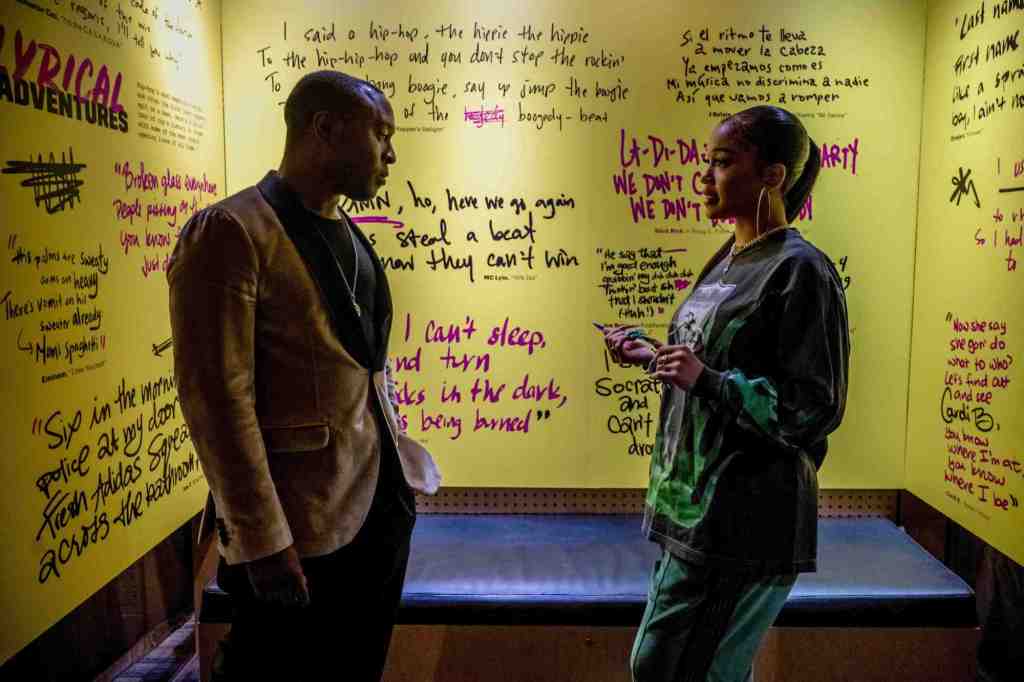At first many dismissed it as a fad when it exploded out of the Bronx after a dance party in the summer of 1973 where Dj Kool Herc used two turntables to switch back and forth between two records to isolate and extend the most danceable parts of the song, or the break beat.
His technique not only brought more people to the dance floor, it changed the world because that is the moment that’s widely credited as the birth of hip-hop.
And now 50 years later it’s clear that hip-hop was no musical fad.
“Hip-hop is one of the most important genres of the 20th and 21st centuries. When it started people considered it to be a novelty, they didn’t think it would last, and it has outlasted everything and proven it can really thrive,” said Jason King, the dean of the USC Thornton School of Music who is one of four co-curators of a new exhibit titled “Hip-Hop America: The Mixtape Exhibit.”
The 5,000-square-foot exhibit opened Oct. 7 and runs through Sept. 4, 2024 at the Grammy Museum. It celebrates the 50-year anniversary of hip-hop by taking a deep dive into the cultural impact of the genre with a look at its humble origins, its effect on the overall musical landscape, street culture, business world and activism.
“There’s no way to tell the entire story of hip-hop, you cannot be exhaustive. But what this does is give people who may not know that much about hip-hop an opportunity to come and learn and then people who are serious about hip-hop have an opportunity to do deep dives into particular subjects,” King said.
Curating the exhibition along with King are a who’s who of hip-hop experts that include Felicia Angeja Viator, associate professor of history at San Francisco State University and author of “To Live And Defy In LA: How Gangsta Rap Changed America,” and one of the first women DJs in the Bay Area’s hip-hop scene; Adam Bradley, professor of English and founding director of the Laboratory for Race and Popular Culture (the RAP Lab) at…
Read the full article here







